ABC about Snow Boots (2022 Trending Guide)
In this article, we will provide you with a comprehensive guide to snow boots. We will discuss what they are, what are the different types of snow boots avialble in the market, how to choose the right pair for you, and finally, what are the good places to shop the right snow boots for yourself.
The Different Types of Snow Boots
There are a few different types of snow boots. Some are made for specific activities, like skiing or snowboarding, while others are just for everyday wear in cold weather.
The most important thing to look for in a snow boot is insulation function. This will help to keep your feet warm in cold weather. Some boots also have waterproof cover material to keep your feet dry in wet conditions.
Another factor to consider is the traction of the boot. This is important if you'll be walking on icy or slippery surfaces. Some boots have special soles that provide extra traction to keep you from falling down on slippery surfaces.
Below is some infomation about some different types of snow boots:
- Ski boots: Ski boots are designed for use on the slopes. They typically have good insulation and waterproofing to keep your feet warm and dry. They also have good traction to help you stay on your feet while skiing or snowboarding.
- Snow boots: Snow boots are designed for everyday wear in cold weather. They usually have insulation and waterproofing to keep your feet warm and dry. Some styles also have extra traction to help you stay on your feet in icy or slippery conditions.
- Hiking boots: Hiking boots are designed for use on rugged terrain. They typically have good insulation and waterproofing to keep your feet warm and dry. They also have good traction to help you stay on your feet while hiking.
- Work boots: Work boots are designed for use in a variety of occupations. They typically have good insulation and waterproofing to keep your feet warm and dry. Some styles also have extra traction to help you stay on your feet in icy or slippery conditions.
Pros and Cons of Snow Boots
There are a lot of factors to consider when deciding whether or not to wear snow boots. Here are some pros and cons of snow boots to help you make your decision.
One pro of snow boots is that they keep your feet warm and dry. This is especially important if you have to walk through deep snow or stand in cold weather for long periods. Snow boots also provide good traction on slippery surfaces, which can help you avoid falls.

However, there are also some cons to wearing snow boots. They can be bulky and uncomfortable, and they can make it difficult to move around. Snow boots can also be expensive. If you only need them for a short period of time, it might not be worth the investment. However, nowdays a lot of sports companies are investing capital in improving the material and function of the snow boots, and we can see the improvement of the snow boots available in the markets are becoming more light while functional with cool designs.
Ultimately, the decision of whether or not to wear snow boots is up to you. Consider the pros and cons to help you make the best decision for your needs.
How to Choose the Right Pair of Snow Boots
There are a few things to keep in mind when choosing the right pair of snow boots.
- Definitely choose the right size to fit you. This is the No.1 rule when you are choosing all of your shoes.
- You need to make sure that the boots are waterproof. It is important because you don't want your feet to get wet and cold while you're out in the snow.
- You need to make sure that the boots are insulated. It will help to keep your feet warm in cold weather.
- You need to make sure that the boots have good traction. That is important so that you don't slip and fall on ice or snow.
Once you have considered these things, you can then start looking at different types of snow boots. There are a variety of styles to choose from, so you should be able to find a pair you like. If you're unsure what style to get, you can always ask for help from a salesperson at a store. They will be able to help you find the perfect pair of snow boots for your needs.
Where to Buy Snow Boots
There are a few different places where you can buy snow boots with professional instruction.
One option is to go to a store that specializes in outdoor gear. Another option is to buy them online from a website like HOBIBEAR(hobibear.com). Also, you can also find snow boots at some department stores or professional sports shops.
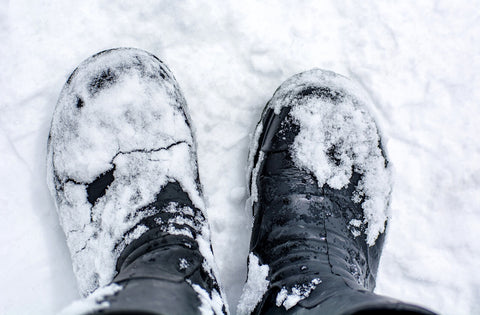
When you are buying snow boots, it is important to make sure that they fit properly. Snow boots tend to run a little bit large, so you might want to order a size smaller than your normal shoe size. It would be best if you also made sure that the boots are comfortable and not too tight.
Once you have found the perfect pair of snow boots, you will be ready to hit the slopes or go for a walk in the snow!
Snow Boot Care and Maintenance
In order to keep your snow boots in good condition, it is important to take care of them properly. Here are some tips for taking care of your snow boots:
- Store your snow boots in a cool, dry place when you are not wearing them.
- Avoid getting your snow boots wet if possible. If they get wet, feed them with newspaper and let them dry out naturally.
- Avoid walking in salt or other harsh chemicals that could damage the boots.
- If your boots get dirty, wipe them down with a damp cloth. Do not use harsh cleaners or scrub too hard, as this could damage the boot's surface.
Following these simple tips, you can keep your snow boots in good condition for many years.
Conclusion
Snow boots are footwear designed to keep your feet warm and dry in cold weather and snowy conditions. They typically have a waterproof outer layer, insulation, and a traction-friendly sole to prevent slipping.
If you live in an area with cold winters or plan to travel to a snowy destination, snow boots are an essential piece of gear. In this guide, we'll discuss everything you need to know about snow boots, including how to choose the right pair for your needs.




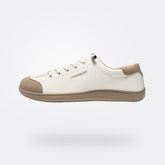
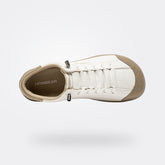
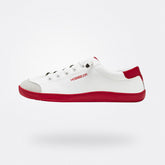


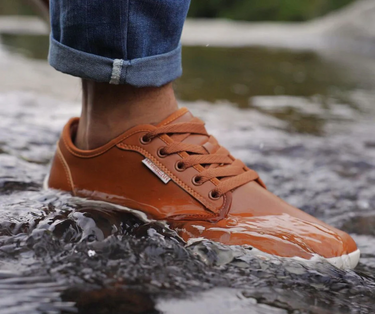

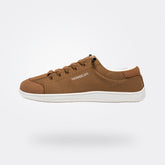

Leave a comment
Please note, comments need to be approved before they are published.